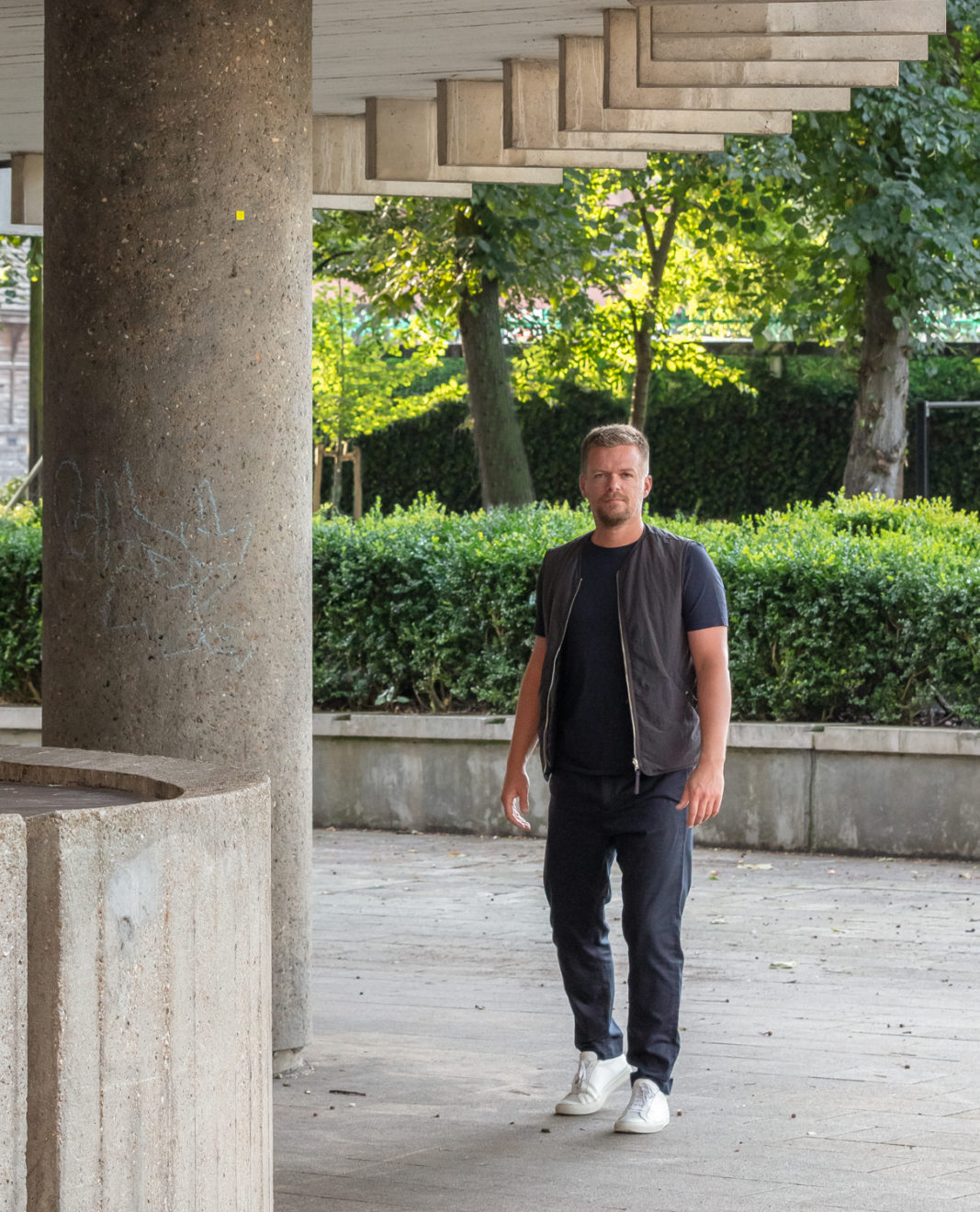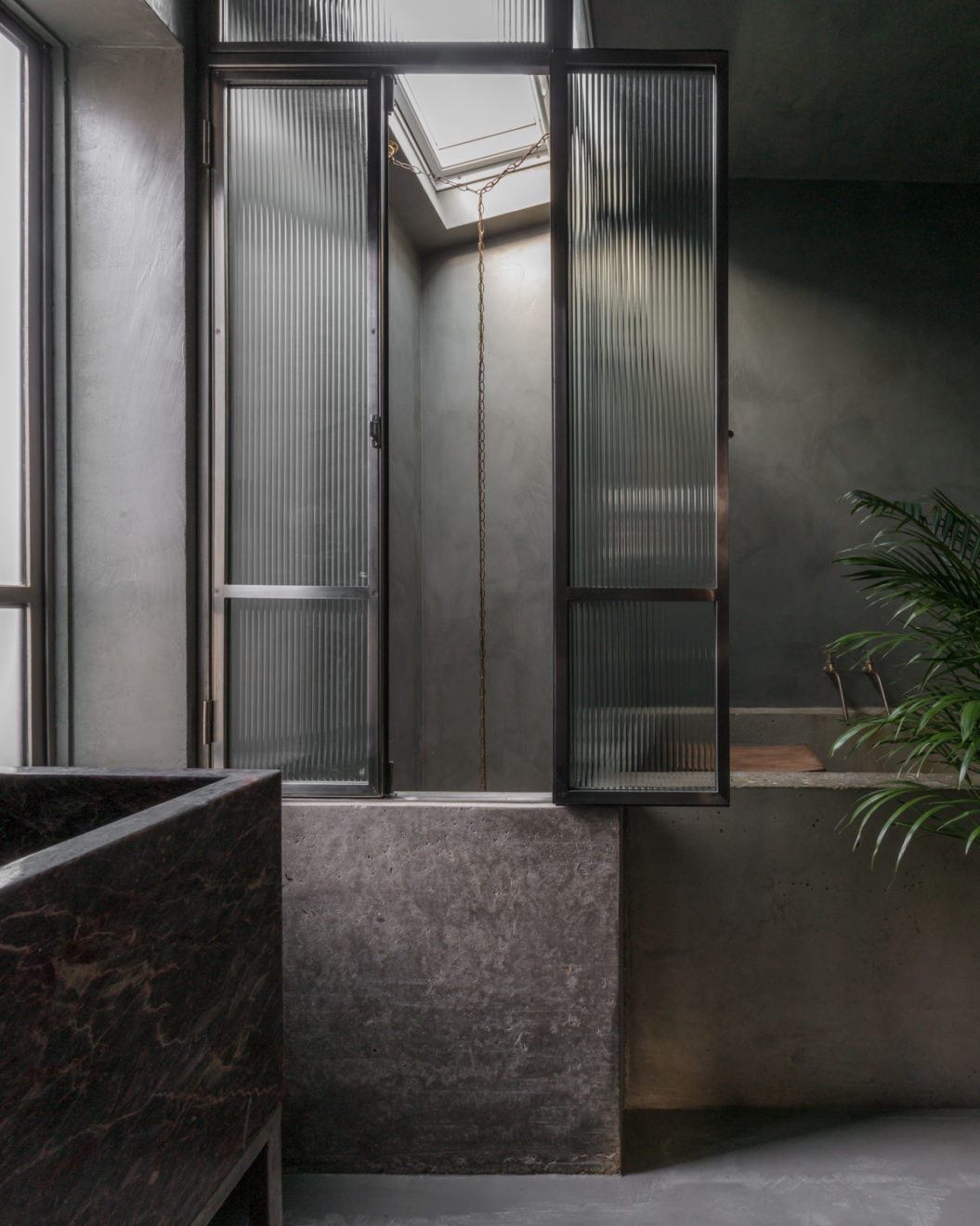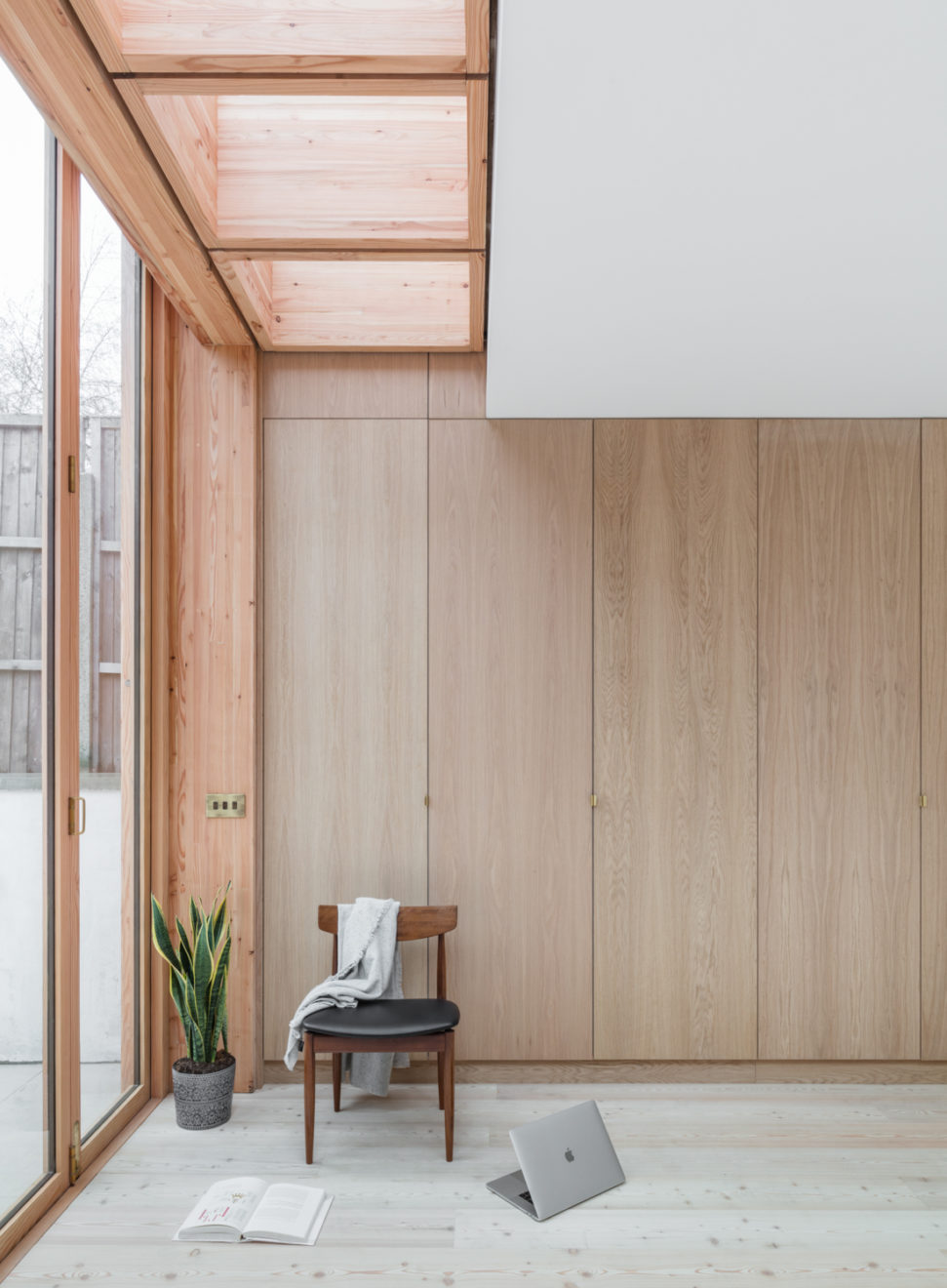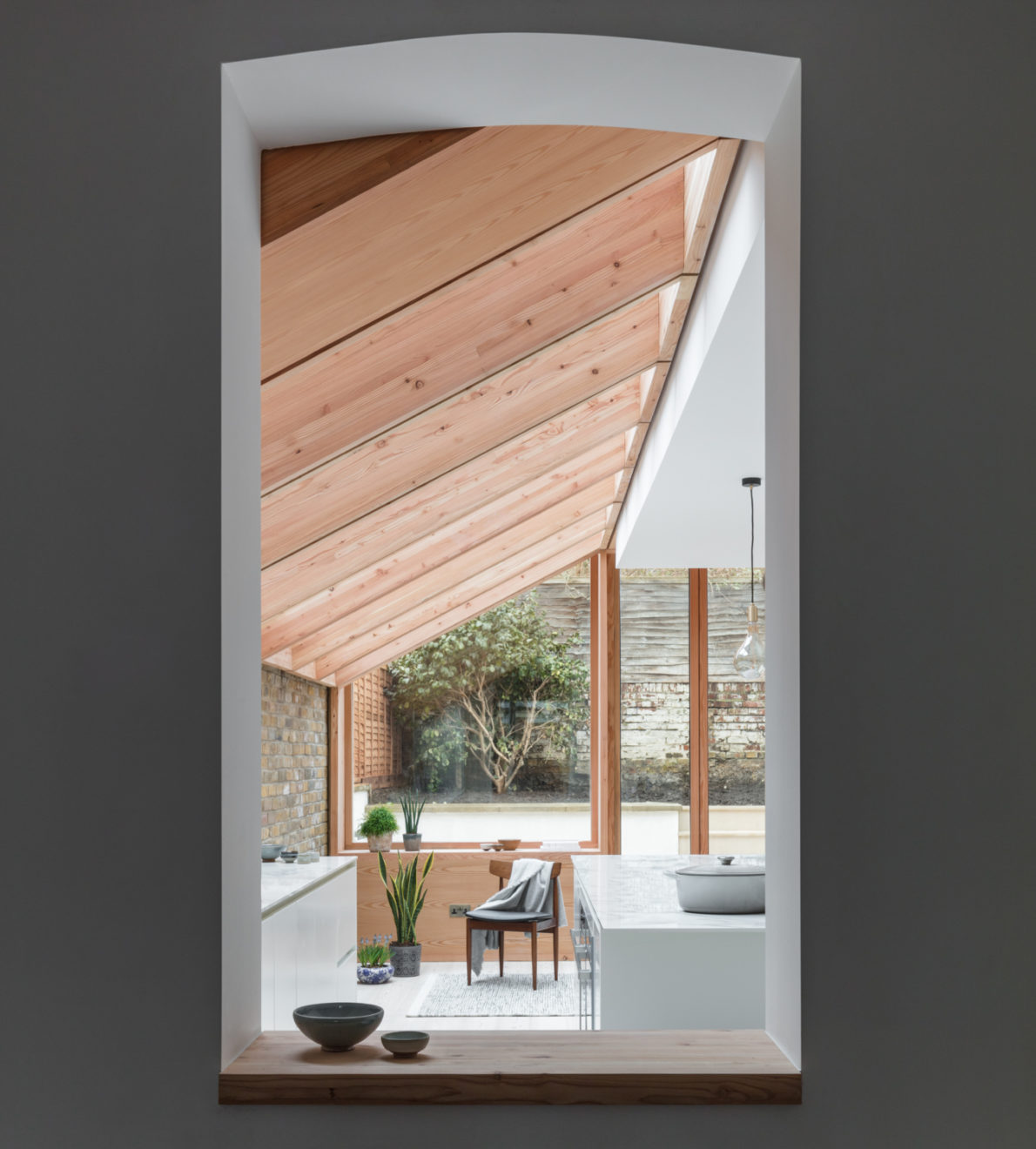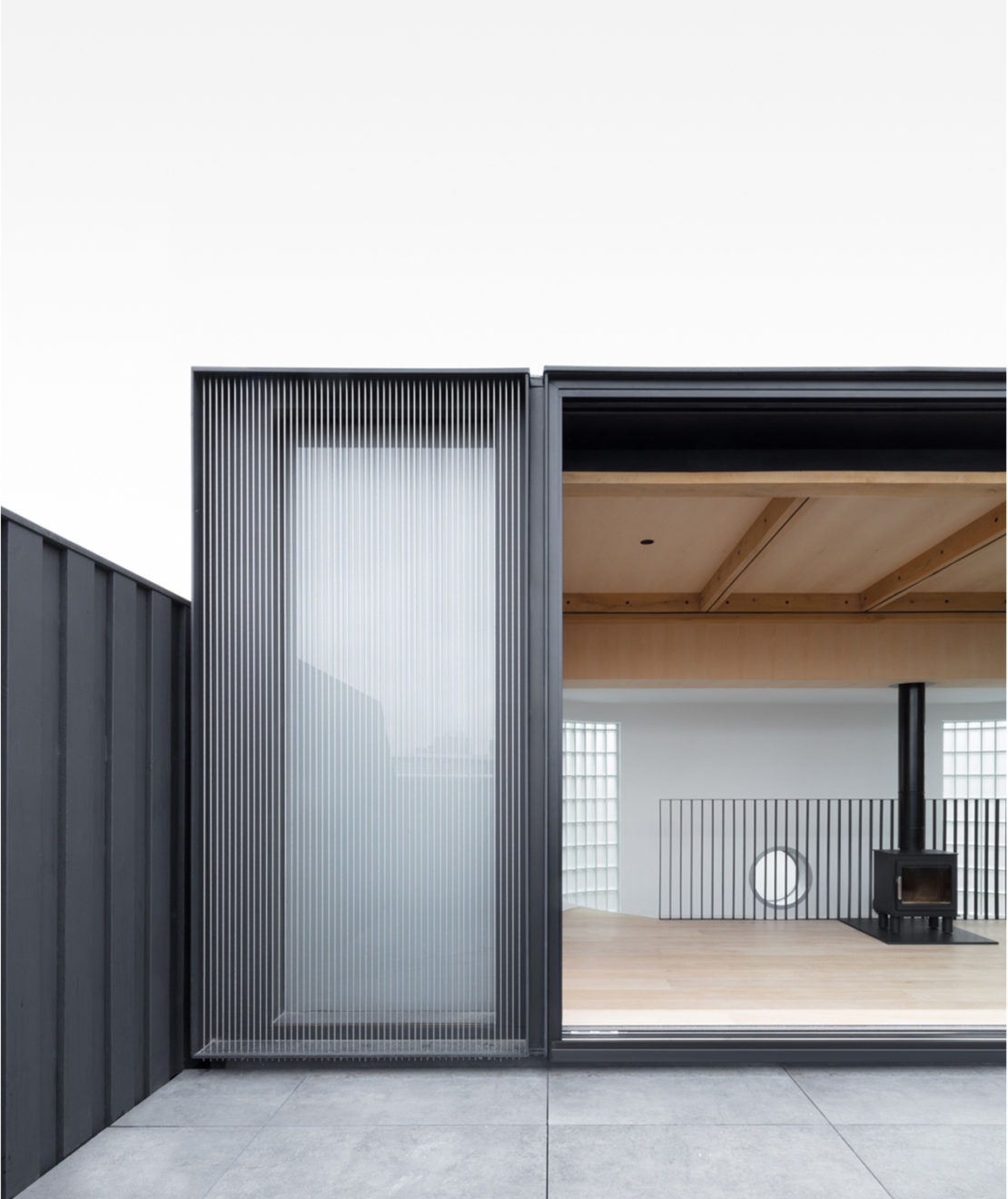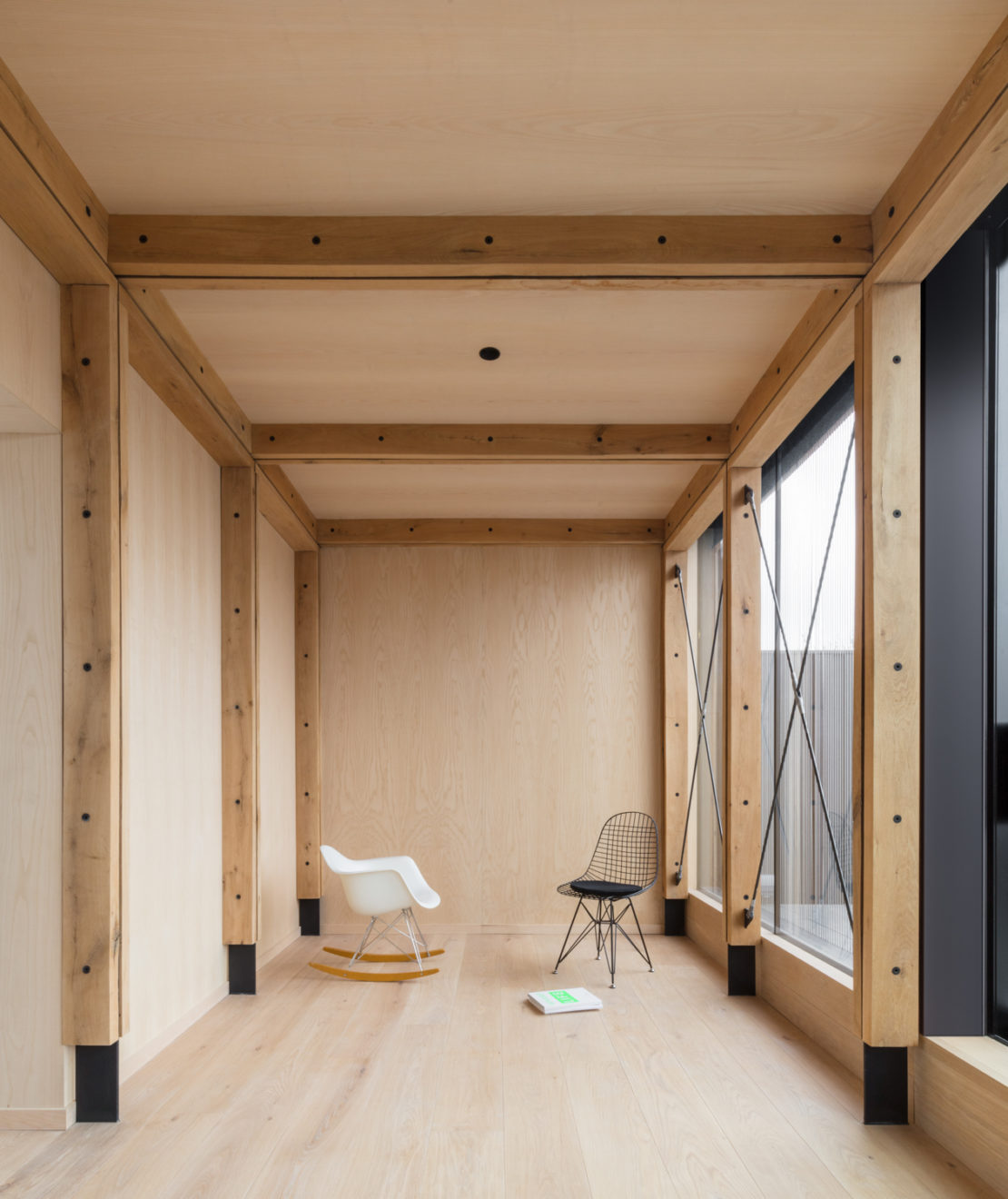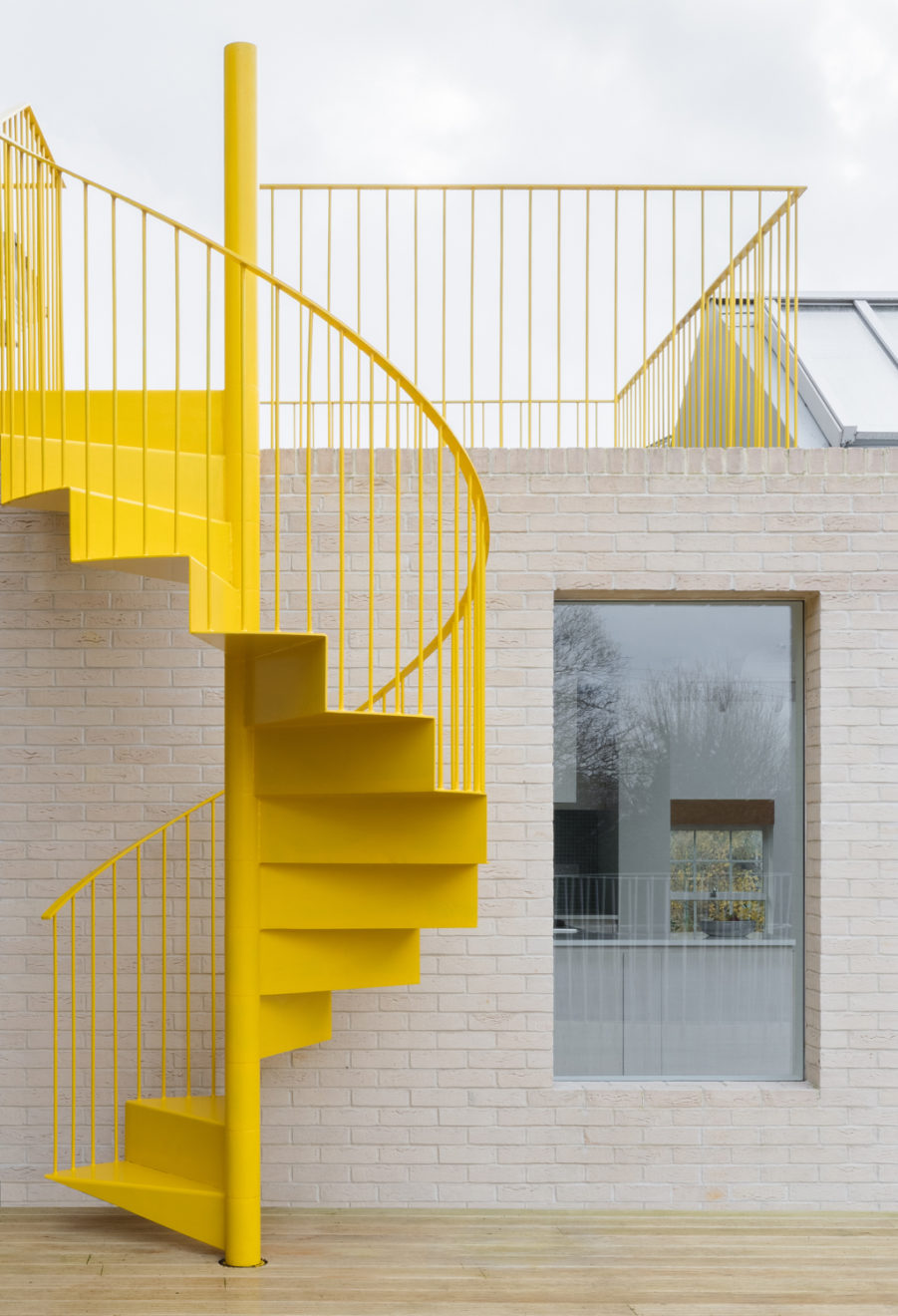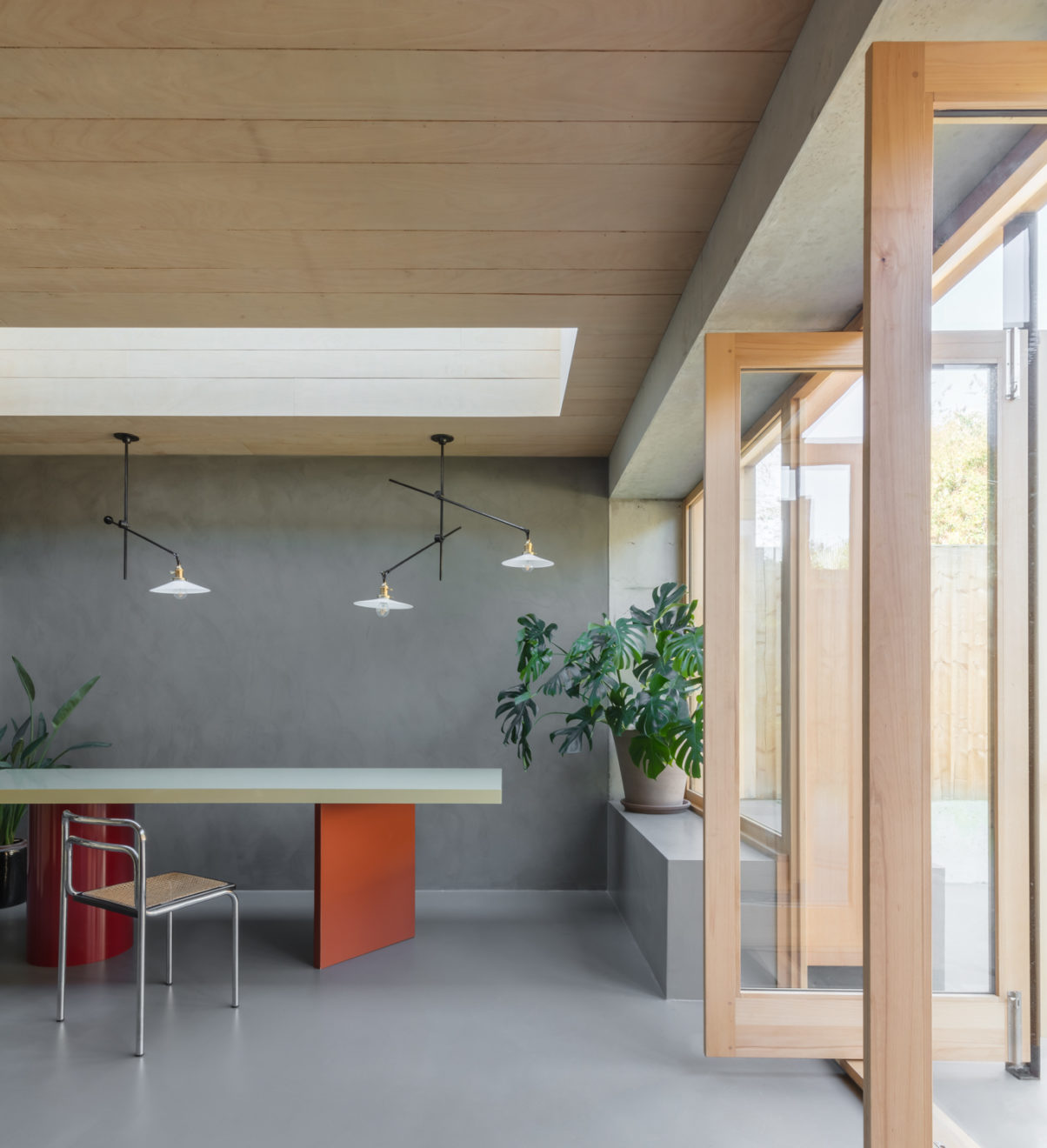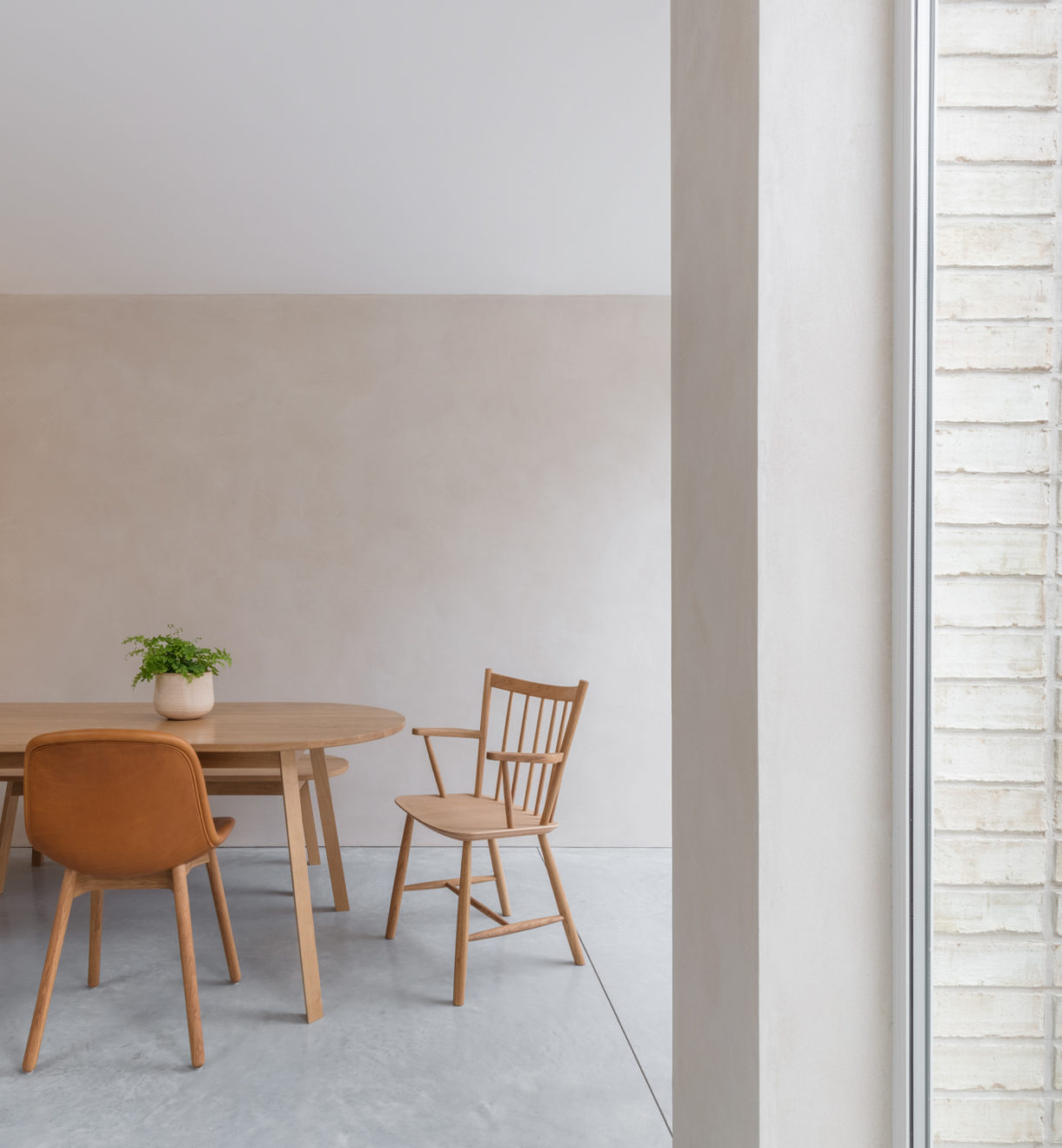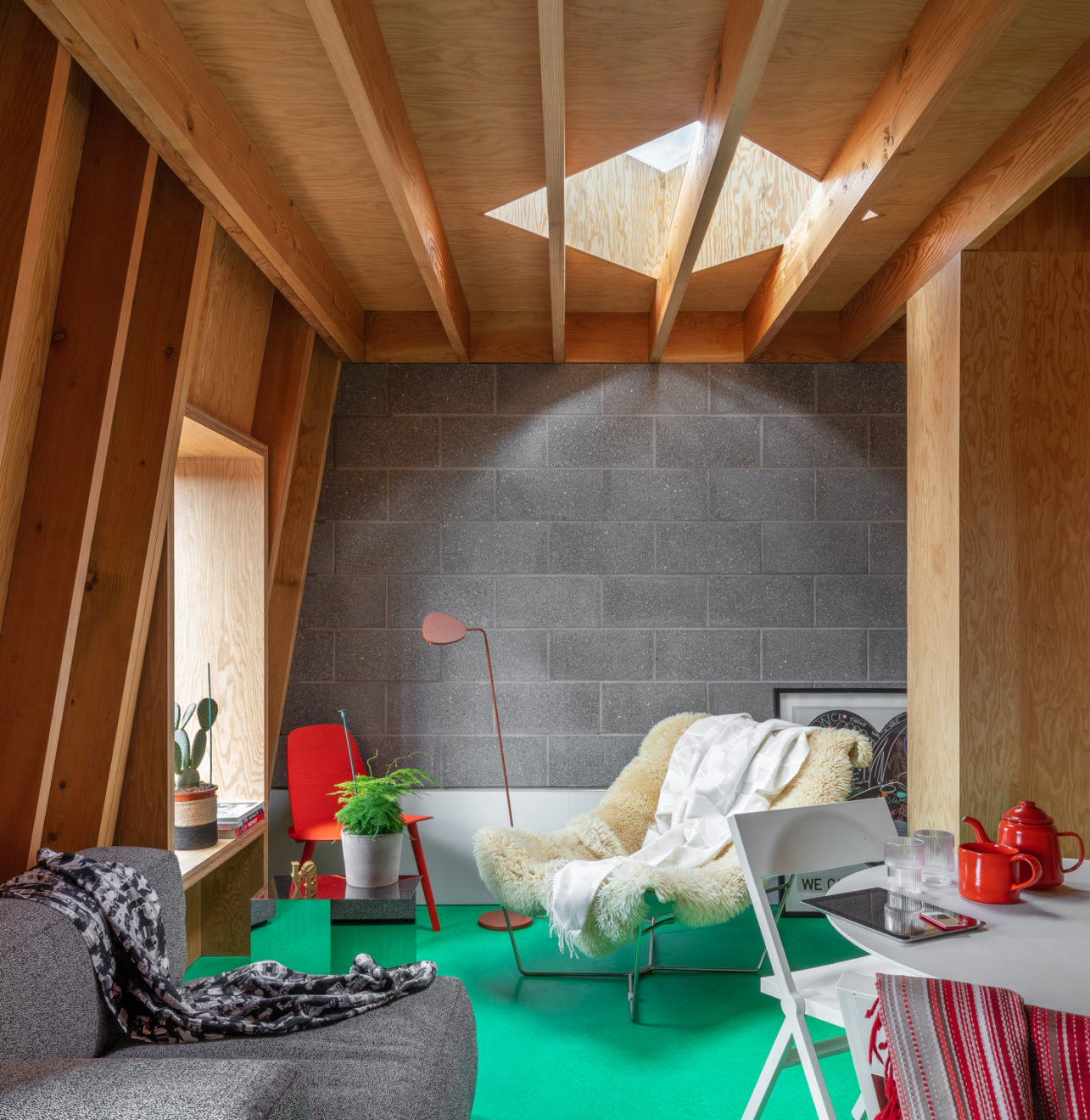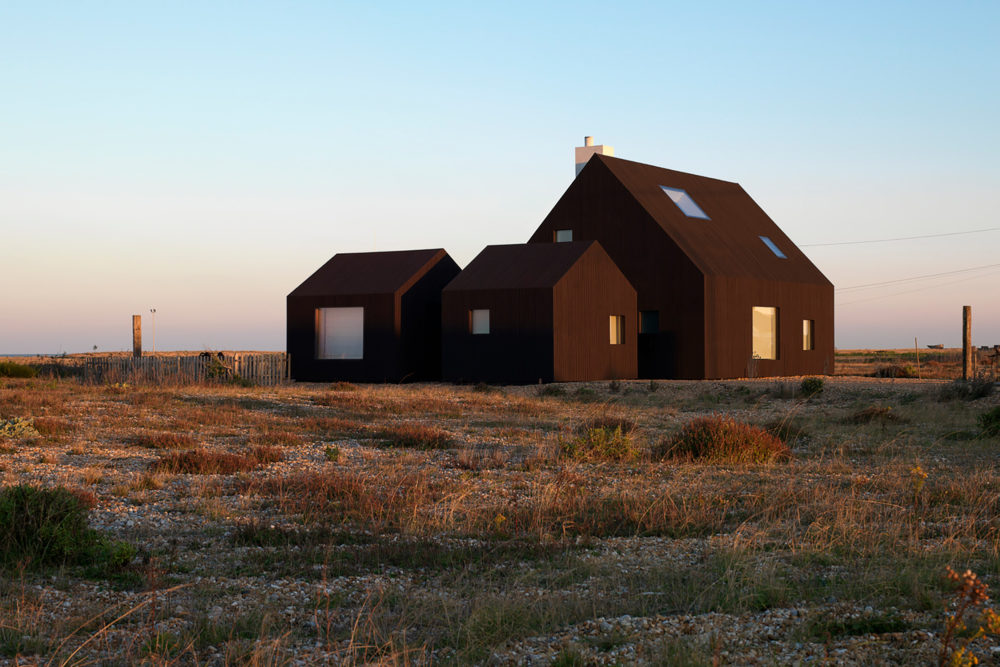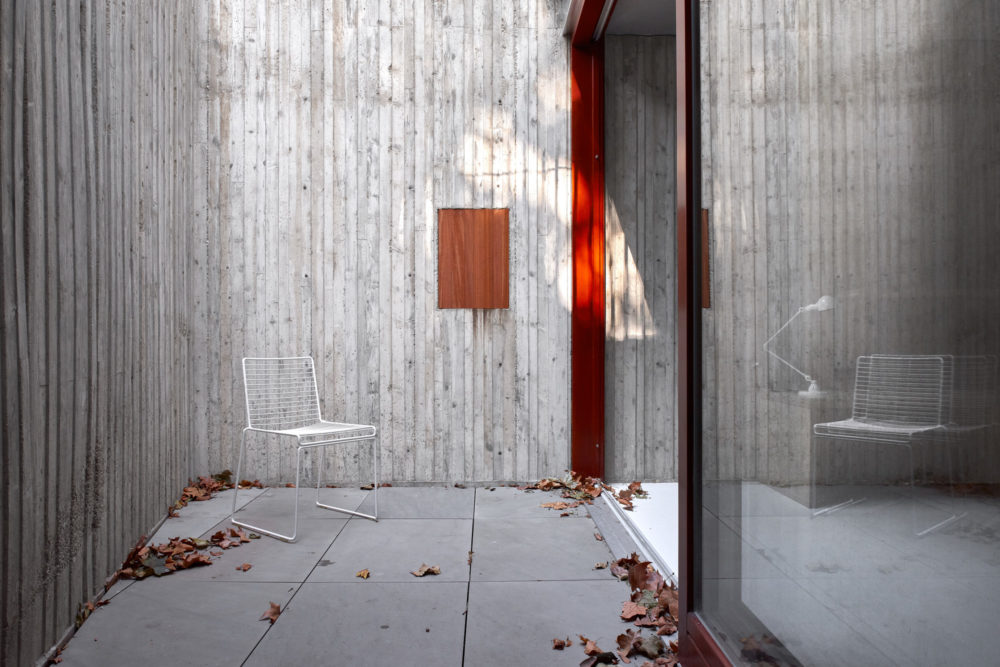Nicholas Worley
With an architectural education and an appreciation for the metaphysical, London-based photographer Nicholas Worley takes a unique and balanced approach to his documentation of place. Best use of natural light and a considered sense of a space’s geometry define his work, which encompasses architecture, landscape and film. We chat to Nicholas about his inspirations and aspirations, and glean how he channels his creativity so effectively.
From an early age I wanted to be an architect, I had never considered professional photography as a career. I studied architecture at Newcastle University and in the second year we were sent on a study trip to Egypt with a specific project based in Cairo. This was in the days before digital cameras were generally affordable and my parents bought me a film camera to build a photographic record. I imagined that the site and its surrounding buildings would be the photographic subject but the images I enjoyed most were those from an overnight sailing excursion on the Nile – all palm lined banks and feluccas in the sunset. I experimented with long exposures and was drawn in by silky water and skies. This spawned years of research and testing of the camera’s capabilities and I distinctly remember having a ‘eureka’ moment when I realised how the camera really worked.
I always wanted to be an architect, the photography emerged organically.
An architectural degree is one of the most versatile and encompassing courses one can study, particularly where it relates to all things visual. It shapes the mind to think a little more systematically and logically, but also to relate to the human condition. Students develop an understanding of three-dimensional space, of composition, of light, of rhythm, and the effect that these have on our experience and our senses. I’m interested in how to balance the geometrical fundamentals of the architectural narrative with the metaphysical.
As architects we often compose in elevation and other orthogonal, flattened views. This flatness I have drawn into my photography work. I rarely shoot into corners, and when I do I attempt to flatten them as far as practicable, usually opting for something in the telephoto zoom range. I carry this approach to landscape too – I never shoot wide, but look for unique features, abstracted into simple compositions.
Edward Burtynsky and Andreas Gursky are two standout inspirations – they describe huge man-made installations as landscape – I am incredibly envious of the mobility and access they seem to have.
And the creatives at NASA – the absolute pinnacle of engineering is just as mind-blowing as the potential of their many pursuits.
The top of a mountain in poor weather.
I grew up in Manchester, one of the greyest and wettest (and not very mountainous) cities in the UK. When I left to study in Newcastle and later to work in New York I was exposed to much sunnier climates and have built a catalogue of photographs taken in these conditions. The canyon effect really benefits from a bit of lens flare! But aesthetically I am always drawn back to traditionally miserable environments – glaciers, peaks, rivers. Overcast skies produce the softest light – it flattens and equalises elements in the landscape or in architecture which really appeals.
Antarctica. In my thesis year of my architectural degree over 15 years ago, I chose to design a research station on the remote continent, mostly for the reasons in the answer above. I learned all about isolated living and small communities, sastrugi (erosions of snow by wind) and the fascinating fact that despite all of the ice, Antarctica is the driest place on Earth. I’m drawn to the bleakness and beauty of that landscape and would love to spend some time there with a camera. Failing that, Mars will do.
Keep taking photographs. Take hundreds of photographs and look at them all carefully. Learn how to recreate images that you like the language and feel of. Ask questions – online or in the real world – people love sharing their knowledge. There’s a technical aspect to photography that’s important to learn, but the feeling of the images is connected to your personality, this takes time to explore and tune into.
I have never benefitted from the experience of working with another photographer – all of my learning is from experimentation and the grace of the online community – it can be done completely on your own. But if you follow this route be prepared to make lots of mistakes, particularly around the logistics of shooting professionally. How to negotiate fees and licenses, whether to use assistants (I very rarely do), how to collaborate successfully, what kit to buy – I could have fast tracked all of these if I had worked alongside someone for a time, but I’ve enjoyed the trial and error approach.
Having thought about it this is another aspect that is rooted in my architectural background. Great buildings use materials honestly. They avoid artificial lookalikes and are truthful about expressing thickness and weight.
Natural light renders the colour and texture of materials honestly – just as our eyes see them in the outside world. Artificial light changes the colour and surface qualities of materials, sometimes to an unrecognisable degree. I think that people relate to and connect with naturally lit images far more than those under synthetic conditions.
I try to avoid the days with very sunny weather, unless direct sunlight forms an important part of the architectural narrative. I rely on the clouds to be my diffuser.
If timing forces a sunny day I’ll see whether directional light can enhance any of the internal or external spaces. If not I use an app to study the moment of the sun over the course of the day and shoot spaces that are not directly sunlit first. Once the sun has passed I can move on to the other side of the building and complete those spaces with indirect light.
This is a bit of an impossible question to answer as I only know the way that I interpret the narrative, but I suppose that if I was to try and explain it, I feel that I’m able to connect with and understand the fundamentals of the thinking. I always request a set of drawings – reading plans, sections, elevations and details is a bit like learning another language which you’re better at with time. A good set of drawings can tell you all you need to know about a project, but it can be useful to study design reports too like a Design & Access Statement that’s required to achieve planning consent in the UK. I suppose it’s a bit like being a local rather than a visitor – I have an inside track, but that doesn’t necessarily make things any better or easier, for example I might not be able to benefit from the fresh perspective that a visitor might have!
Photography as a medium is unique. We capture still images of subjects that can never feasibly be experienced in real life. Very rarely does one stand in an absolutely static position and observe absolutely static space – that’s just not real life. In my mind film is more about what happens in the real world. Motion and movement provide opportunities to express the three-dimensional qualities of space, and the passing of time, in a way that a single photograph can’t.
My approach to film is more organic than photography – I’ll walk a project and seek out relationships between elements, how the apparent dimensions between a column and wall change as you move around them, and how light falls over a surface over time. I’ve always been interested in this relationship and remember clearly as a kid riding the bus into Manchester city centre I would pass the BT building – a sinuous structure with expressed slabs at each level. With movement, the corners of the slabs would come together to create a vertical block at one point, and would separate again once I had passed. I loved this idea that there are an infinite number of geometries that can be created through moving around fixed structures.
Movement. I’m ultimately drawn back to the flatness of photography – the strongest pieces of film for me are those which keep the camera completely static to study subtle movements and changes in the environment.
When I first moved to London 10 years ago I was introduced to Nicholas Szczepaniak through a mutual friend. My photography career was in its infancy and Nick had an experimental project that needed documenting through photographs and film. The project looked at building the walls of a pavilion using melted sugar pulled to height using a bespoke device, and then set as caramel. During the summer of 2013 in a shed in East London we spent a weekend erecting the prototype, melting huge quantities of sugar, and pulling the material to create a single large panel. This introduced me to the timing pressures of photography and film – capturing the moment. The subject was like nothing I had ever been involved in before, and I remember the time fondly for feeling young and experimental, and for cementing a strong friendship.
Variety and access to huge parks in the centre of the city. I feel part of a globally important place, where world-changing advancements are being developed across many areas. This brings some of the best minds together, and my photography work benefits from that.

